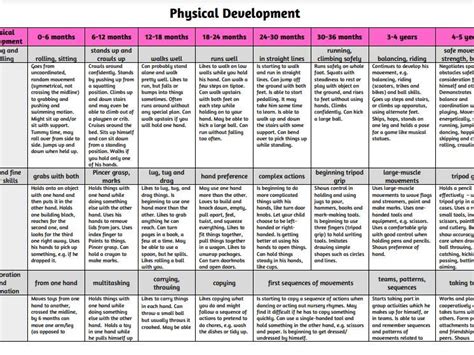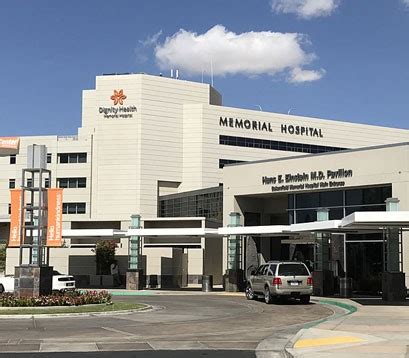The journey to starting a family can be a costly one, especially for those seeking fertility treatments like In Vitro Fertilization (IVF). As the expenses associated with IVF can be overwhelming, understanding ways to save on these costs without compromising the quality of care is crucial. Here are 12 tips to help navigate the financial aspects of IVF, making this life-changing procedure more accessible to those in need.
1. Research and Compare Prices
One of the most effective ways to save on IVF costs is by doing your homework. Different clinics offer varying prices for their services. Some might include all expenses in their initial quote, while others might charge extra for each component of the treatment. Creating a spreadsheet to compare these costs can help identify the most affordable option that still meets your medical needs.
2. Look for Package Deals and Discounts
Many fertility clinics offer package deals or discounts for multiple cycles of IVF. These can be particularly cost-effective if you anticipate needing more than one attempt. Additionally, some clinics may offer discounts for upfront payments or referrals, so it’s worth inquiring about any available promotions.
3. Consider Shared Risk Programs
Some fertility clinics offer shared risk programs, where you pay a fixed amount for up to a certain number of cycles, and if you don’t achieve a live birth, you receive a significant refund. This can be a good option for those who want to cap their expenses.
4. Financing Options and Loans
Several organizations and clinics offer financing options specifically designed for fertility treatments. These loans can help spread the cost of IVF over time, making monthly payments more manageable than paying the full amount upfront.
5. Grants and Scholarships
There are various non-profit organizations that offer grants and scholarships to individuals and couples undergoing fertility treatments. These can significantly reduce the financial burden, so it’s worth researching and applying to those for which you’re eligible.
6. Community and Support Groups
Joining community and support groups, either online or in-person, can provide valuable insights and tips from others who have gone through similar experiences. Sometimes, these communities share knowledge about lesser-known affordable options or clinics that offer high-quality services at lower costs.
7. Travel for Treatment (Fertility Tourism)
For those living in areas with extremely high costs for IVF, traveling to another country or state where the procedure is more affordable might be a viable option. This approach, known as fertility tourism, requires careful research to ensure the chosen clinic maintains high standards of care and success rates.
8. Mini-IVF or Minimal Stimulation IVF
A less expensive alternative to traditional IVF is mini-IVF, which involves minimal stimulation of the ovaries to produce fewer eggs. While it may require more cycles to achieve pregnancy, the cost per cycle is significantly lower, making it a cost-effective option for some.
9. Egg Freezing for Future Use
For women who are not yet ready to undergo IVF but want to preserve their fertility, egg freezing can be a cost-effective strategy in the long run. By freezing eggs at a younger age, the chances of successful fertilization and pregnancy in the future increase, potentially reducing the need for multiple cycles of IVF.
10. ICSI vs. Conventional IVF
Intracytoplasmic Sperm Injection (ICSI) is a specialized form of IVF that is used primarily for severe male infertility. If conventional IVF is an option, it might be less expensive than ICSI, so discussing the most appropriate and cost-effective treatment with your fertility specialist is essential.
11. Medication Savings
The cost of medications used in IVF can vary significantly depending on the source. Some clinics and pharmacies offer discounts or generic versions of these drugs, which can lead to substantial savings without compromising the effectiveness of the treatment.
12. Consult Multiple Specialists
Finally, consulting with multiple fertility specialists can provide a broader understanding of your options and the costs associated with each. Some doctors may recommend different treatments based on your specific situation, and understanding these differences can help you make the most financially savvy decision.
In conclusion, while IVF can be expensive, there are numerous strategies to reduce the financial impact. From package deals and financing options to less expensive treatment alternatives and traveling for care, individuals and couples have a variety of choices to consider. It’s essential to weigh these options carefully, considering both the financial and medical aspects, to make the best decision for your unique situation.
What is the average cost of an IVF cycle?
+The average cost of an IVF cycle can vary widely depending on the location, clinic, and specific treatments involved. However, a typical range in the United States is between $15,000 to $25,000 per cycle, not including the cost of medications, which can add an additional $3,000 to $5,000.
Is IVF covered by insurance?
+Insurance coverage for IVF varies significantly. Some states mandate that insurance companies cover fertility treatments, including IVF, under certain conditions. However, the extent of coverage can differ, and many insurance plans do not cover IVF at all. It's essential to check with your insurance provider to understand what is covered and what is not.
What are the success rates of IVF?
+The success rates of IVF depend on several factors, including the age of the woman, the quality of the eggs and sperm, and the specific medical conditions being treated. Generally, the younger the woman, the higher the success rate. According to the Society for Assisted Reproductive Technology (SART), the overall live birth rate per IVF cycle in the United States is around 47.8% for women under 35, decreasing to about 3.9% for women over 42.
By carefully considering these factors and options, those seeking to start a family through IVF can better navigate the complex financial landscape of fertility treatments, potentially saving thousands of dollars in the process.


